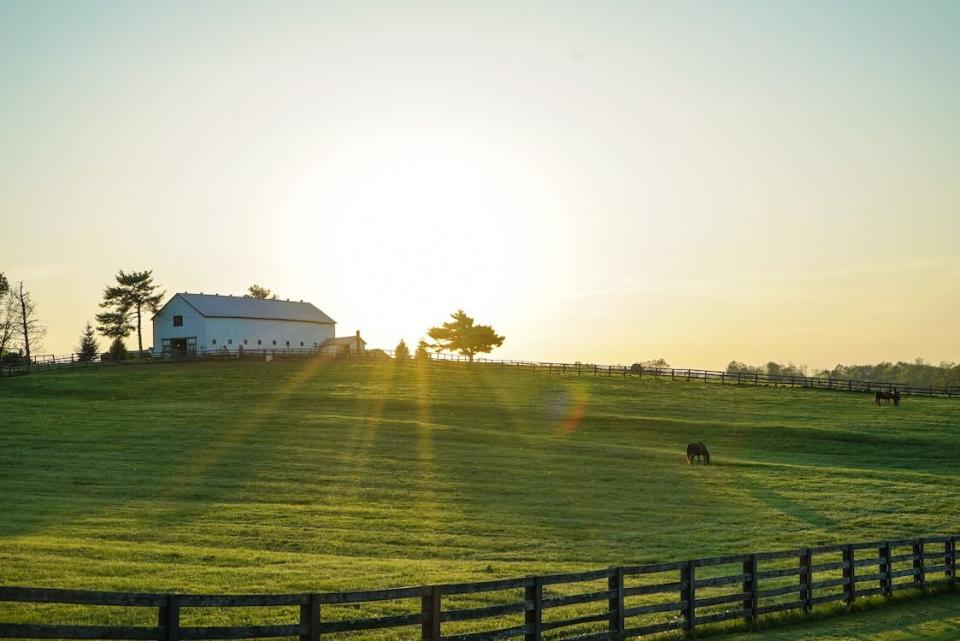Ohio Department of Taxation increases soil rates for farmers
Wayne County is currently home to a diverse range of agricultural products and livestock with approximately 253,000 total acres of land designated as commercial agriculture.
Ohio law permits qualified land to benefit from reduced property taxes based on its Current Agricultural Use Value, or CAUV.
CAUV was designed to lower the taxable value of land used for commercial agriculture to allow farmers to continue farming. Auditor Jarra Underwood wants to notify Wayne County farmers of upcoming changes to their CAUV soil rates and prepare them for what is ahead.
“The most basic qualification for CAUV is the requirement of land to be used for commercial agriculture. Buildings, homesite acres and any other use of land that is not for commercial agriculture does not qualify for this reduction. In Wayne County the rural areas dotted with farms, create a beautiful landscape in which to live and raise our families. My office works closely with the Wayne County Farm Bureau to assist and educate the agricultural community. This partnership provides a great source of support and information for our farming community,” said Underwood.

Soil values updated every three years
Every three years counties are required to update their soil values as calculated by the Ohio Department of Taxation. The soil values that will affect tax bills in 2024 have been finalized. Most soil types will see an increase in value next year according to the Wayne County Auditor’s office. Each soil type has a rate assigned based on the income approach to value. This is a commonly accepted appraisal method based on the profitability of farming that takes into consideration crop prices, crop yields, operating costs, and mortgage rates.
Individual soils type have a different value established on use as crop or pasture, woodland, or conservation. Woodland values are based on cropland values- with consideration of additional operation costs which results in a lesser value rate per acre than the same soil used as crop or pasture. Land that is not in agricultural production due to a federal contract for conservation or that is maintained in a conservation practice to prevent soil erosion is valued at the minimum value of all soil rates.
“In the Wayne County Auditor’s Office, we maintain a robust Geographic Information System (G.I.S.) along with an integrated website which contains the mapping of land use, providing land delineation to our area farmers. This information can be found under the layer list.” Underwood added.
130 different soils valued in Wayne County
There are more than 3,500 soils in Ohio and of those, 130 different types are valued in Wayne County. The most common soil type in Wayne County is Canfield silt loam with 2 to 6% slope, commonly noted as CdB, with over 38,000 acres in the county. Previously, CdB was valued at $960 per acre, and is now valued at $2,190 per acre with the increase. The average acre of land in Wayne County not enrolled in CAUV is $9,800 an acre.
Houses and agricultural buildings on farm parcels will not be impacted in value by this update. Non-farmed land such as floodplain or other non-CAUV areas will also not see an increase in value.
Since values are calculated by the Ohio Department of Taxation based on a formula set by the Ohio Constitution and state laws, the Auditor does not have the ability to change values of soil types.
Postcards will be sent to property owners by mail in the coming weeks as notice of the upcoming changes.
Taxpayers can view the new soil values on the auditor’s homepage by visiting waynecountyauditor.org and viewing the CAUV Triennial Information link. If you believe that your land delineation is incorrect, please contact the auditor’s office at (330) 287-5430.
This article originally appeared on The Daily Record: Soil rates to increase in Wayne County

